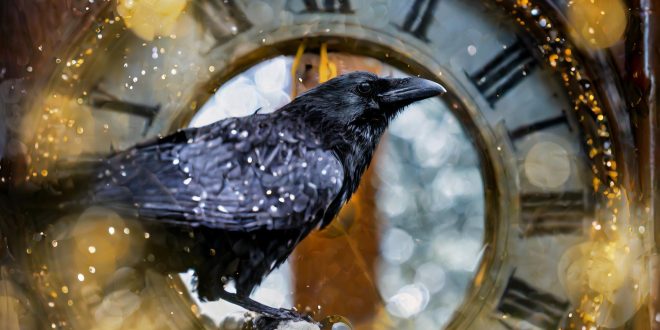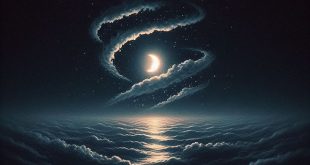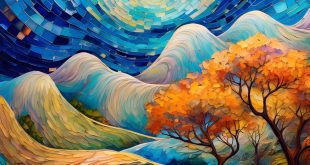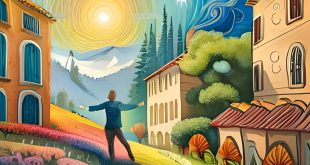Music, poetry and visual narrative, the invitation to explore fascinating worlds without borders
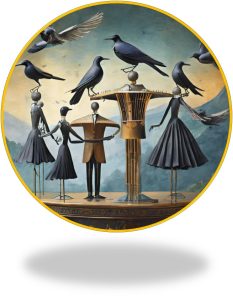 The influence between music, poetry and visual narrative is a theme that runs through centuries of artistic expression. In ancient Greece, the word “mousiké” encompassed the three corresponding arts inspired by the muses. In the Middle Ages, Dante’s poem Inferno used sound and visual suggestions to strengthen narrative effectiveness. In the 20th century the song “Sympathy for the Devil” by the Rolling Stones appears to have been inspired by the novel “The Master and Margarita” by Bulgakov. Franco Battiato, on the other hand, with his song “Invito al viaggio“, is inspired by Baudelaire‘s poem of the same name contained in “The flowers of evil“. In summary, music and poetry are constantly intertwined. This deep connection also inspires digital artists like Dastilige Nevante, the illustrator of this post. The sole purpose of this site is to spread awareness of these artists and for other people to appreciate their works. The ownership of the images that appear in this blog belongs to their authors. To meet other poets’ type https://meetingbenches.net/category/poesie/, while for other singer-songwriters https://meetingbenches.net/category/musica/.
The influence between music, poetry and visual narrative is a theme that runs through centuries of artistic expression. In ancient Greece, the word “mousiké” encompassed the three corresponding arts inspired by the muses. In the Middle Ages, Dante’s poem Inferno used sound and visual suggestions to strengthen narrative effectiveness. In the 20th century the song “Sympathy for the Devil” by the Rolling Stones appears to have been inspired by the novel “The Master and Margarita” by Bulgakov. Franco Battiato, on the other hand, with his song “Invito al viaggio“, is inspired by Baudelaire‘s poem of the same name contained in “The flowers of evil“. In summary, music and poetry are constantly intertwined. This deep connection also inspires digital artists like Dastilige Nevante, the illustrator of this post. The sole purpose of this site is to spread awareness of these artists and for other people to appreciate their works. The ownership of the images that appear in this blog belongs to their authors. To meet other poets’ type https://meetingbenches.net/category/poesie/, while for other singer-songwriters https://meetingbenches.net/category/musica/.
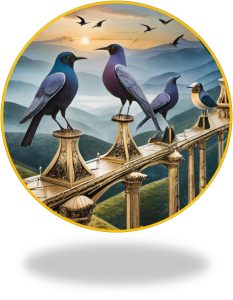 Edgar Allan Poe was an American writer, poet, literary critic and essayist born in 1809 in Boston. Known for being the initiator of the detective story, he was a romantic poet of value, anticipating symbolism. In addition to the public and critical misunderstanding of his time, his life was marked by financial and personal difficulties. Among his most famous works we point out “The Crimes of the Rue Morgue“, considered the first detective story in literature. His literary legacy continues to influence popular culture, literature and the arts to this day; coincidentally, in fact, his poem “The Crow” provided creative inspiration in the musical field.
Edgar Allan Poe was an American writer, poet, literary critic and essayist born in 1809 in Boston. Known for being the initiator of the detective story, he was a romantic poet of value, anticipating symbolism. In addition to the public and critical misunderstanding of his time, his life was marked by financial and personal difficulties. Among his most famous works we point out “The Crimes of the Rue Morgue“, considered the first detective story in literature. His literary legacy continues to influence popular culture, literature and the arts to this day; coincidentally, in fact, his poem “The Crow” provided creative inspiration in the musical field.
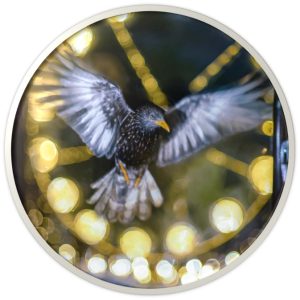 THE CROW – Poem by Edgard Allan Poe: Thus, I remained fantasizing, without speaking; but from his eyes I felt my heart burning; I stayed for a while, and I rested my head on the velvet of the seat, which the lamp radiated from above, the purple fabric irradiated from above, which it has now left. Then it seemed to me that I heard the steps of angels and the surrounding air became thick with indivisible incense. Evil one, God sends you through angels, I cried, I rest from the assiduous memories of Leonora; drink oblivion, forget the lost Leonora! Said the crow: Not ever! Prophet, I made, and always so, be it bird or treacherous specter, may the Erebus or the storm push you to the shore, you who go on this desolate land, for my gloomy home; tell me frankly, I implore you: is there peace at least in Gilead? Tell me, tell me, I implore you! And the crow: Never again! Prophet, I repeated, whether bird or wandering specter, tell me, by the God you adore, by that glittering sky: will the very sad soul be able in an Eden far away to find the sweet virgin they call Leonora, the virgin that the angels now call Leonora? Said the crow: Never again!
THE CROW – Poem by Edgard Allan Poe: Thus, I remained fantasizing, without speaking; but from his eyes I felt my heart burning; I stayed for a while, and I rested my head on the velvet of the seat, which the lamp radiated from above, the purple fabric irradiated from above, which it has now left. Then it seemed to me that I heard the steps of angels and the surrounding air became thick with indivisible incense. Evil one, God sends you through angels, I cried, I rest from the assiduous memories of Leonora; drink oblivion, forget the lost Leonora! Said the crow: Not ever! Prophet, I made, and always so, be it bird or treacherous specter, may the Erebus or the storm push you to the shore, you who go on this desolate land, for my gloomy home; tell me frankly, I implore you: is there peace at least in Gilead? Tell me, tell me, I implore you! And the crow: Never again! Prophet, I repeated, whether bird or wandering specter, tell me, by the God you adore, by that glittering sky: will the very sad soul be able in an Eden far away to find the sweet virgin they call Leonora, the virgin that the angels now call Leonora? Said the crow: Never again!
 Their unique style and profound themes have left an indelible mark on the history of rock music. The Alan Parsons Project was a British progressive rock band active until 1990. The core of the group consisted of Parsons, a recording engineer, musician and composer, and Woolfson, a singer, songwriter and pianist. The group is known for releasing eleven studio albums, with some of the most famous ones including “Eye in the Sky“. Many of their albums are conceptual in nature and focus on themes such as science fiction, the supernatural, literature and sociological issues. Among the most popular songs of the group, “The Raven” is a song recorded in 1976 in North Hollywood, Los Angeles. The haunting and atmospheric quality of “The Raven” captures the eerie essence of Poe’s original poem, making it a memorable addition to the band’s repertoire.
Their unique style and profound themes have left an indelible mark on the history of rock music. The Alan Parsons Project was a British progressive rock band active until 1990. The core of the group consisted of Parsons, a recording engineer, musician and composer, and Woolfson, a singer, songwriter and pianist. The group is known for releasing eleven studio albums, with some of the most famous ones including “Eye in the Sky“. Many of their albums are conceptual in nature and focus on themes such as science fiction, the supernatural, literature and sociological issues. Among the most popular songs of the group, “The Raven” is a song recorded in 1976 in North Hollywood, Los Angeles. The haunting and atmospheric quality of “The Raven” captures the eerie essence of Poe’s original poem, making it a memorable addition to the band’s repertoire.
 THE RAVEN – Song by The Alan Parsons Project: The clock struck midnight and through my sleeping I heard a tapping at my door. I looked but nothing, lay in the darkness, and so I turned inside once more. To my amazement there stood a raven whose shadow hung above my door. Then through the silence, it spoke the one word that I shall hear for evermore: Nevermore. Thus quoth the raven, nevermore. And still the raven remains in my room. No matter how much I implore. No words can soothe him. No prayer removes him. And I must hear for evermore. Quoth the raven: nevermore. Thus quoth the raven, nevermore.
THE RAVEN – Song by The Alan Parsons Project: The clock struck midnight and through my sleeping I heard a tapping at my door. I looked but nothing, lay in the darkness, and so I turned inside once more. To my amazement there stood a raven whose shadow hung above my door. Then through the silence, it spoke the one word that I shall hear for evermore: Nevermore. Thus quoth the raven, nevermore. And still the raven remains in my room. No matter how much I implore. No words can soothe him. No prayer removes him. And I must hear for evermore. Quoth the raven: nevermore. Thus quoth the raven, nevermore.
 Meeting Benches World art in all forms
Meeting Benches World art in all forms
